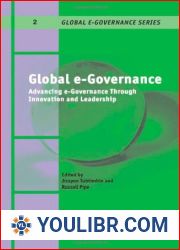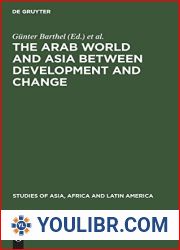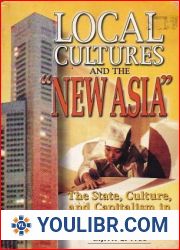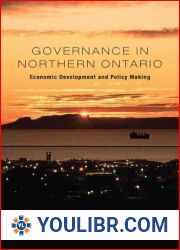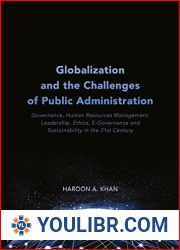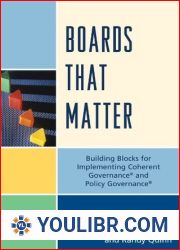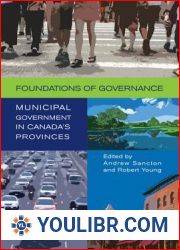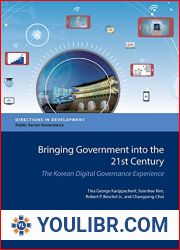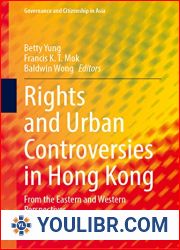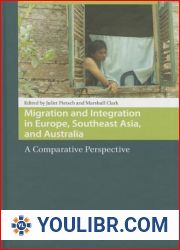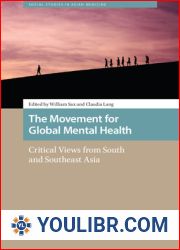
BOOKS - Governance for Harmony in Asia and Beyond


US $6.88

273182

273182
Governance for Harmony in Asia and Beyond
Author: Julia Tao
Year: 2010
Format: PDF
File size: PDF 4.0 MB
Language: English
Year: 2010
Format: PDF
File size: PDF 4.0 MB
Language: English
Harmony has become a major challenge for modern governance in the twenty first century because of the multi religious multi racial and multi ethnic character of our increasingly globalized societies Governments all over the world are facing growing pressure to integrate the many diverse elements and subcultures which make up modern pluralistic societies This book examines the idea of harmony and its place in politics and governance both in theory and practice in Asia the West and elsewhere It explores and analyses the meanings mechanisms dimensions and methodologies of harmony as a normative political ideal in both Western and Asian philosophical traditions The book argues that in Western political thought which sees politics as primarily concerned with resolving social conflicts and protecting individual rights the concept of harmony has often been neglected In contrast since earliest times harmony or he has been a profound theme in Confucian thought and current leaders of many East Asian governments and the Chinese government have explicitly declared that the realisation of a harmonious society is their aim The book also assesses how harmony is pursued jeopardized or deformed in the real world of politics based upon empirical analysis of a variety of different cultural social and political contexts including China Hong Kong Singapore Malaysia Singapore Vietnam Denmark Latin America and the Scandinavian countries It shows how harmony as an organizing concept can help to promote new thinking in governance and overcome problems of modern day governance like distrust adversarial conflicts hyper individualism coercive state intervention and free market alienation It also discusses the potential problems posed by the pursuit of harmony in particular in the grave threat of totalitarianism and considers how these risks could best be mitigated







